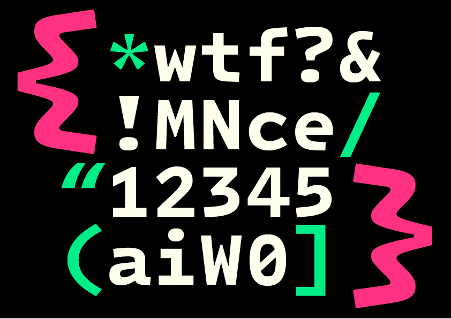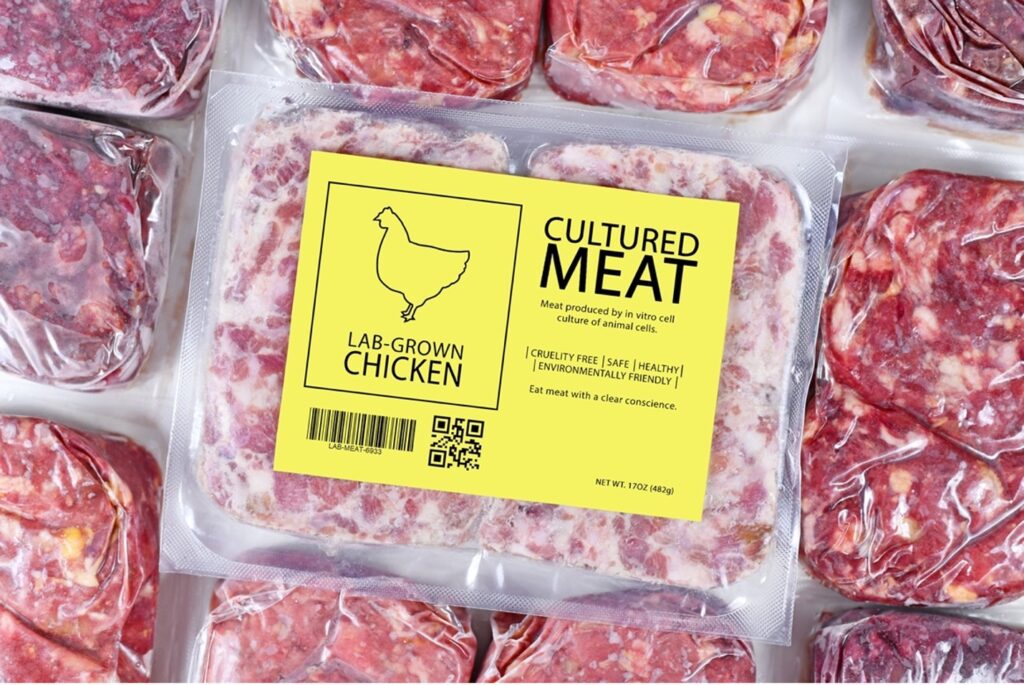In this week’s Our Take, we check out a film that gives its target audience a choice. And a dilemma. A new typeface is making waves in accessibility and Greenhushing shows that silence isn’t so golden. Finally – lab-grown chicken is about to appear in US stores. Will it get here soon? Read it all below.
Made by Choice

In response to US Supreme Court’s decision last year to overturn Roe v. Wade and end federal protections for abortions, 72andSunny has launched a new campaign called ‘Made by Choice’ that turns the pro-life rhetoric on its head.
In partnership with multiple reproductive health leaders including the Abortion Freedom Fund, the campaign features a short film which demonstrates how the choice to terminate unwanted pregnancies is not anti-life. It saves people, families, futures, hopes and dreams.
It’s a powerful message but there’s a brilliant catch to this campaign. The ad is targeted at anti-choice viewers, and begins with the message “Skip this ad and we’ll provide free family planning medication to someone in need”.
This campaign puts choice at the forefront of the story and taps into our everyday behaviour to amplify a message and hopefully raise awareness on such an important topic.
Not just a pretty typeface

It’s hard to imagine a font being controversial. There might be good moral reasons to never use Gill Sans, but it’s to do with the font’s creator, not its letterforms. So describing the fuss over Intel’s new font, One Mono, as controversy might be overdoing it. Let’s just say it’s being passionately discussed on Reddit.
One Mono is designed for low-vision coders. It’s a niche group, but Intel went all out and enlisted typeface-design-superstars Frere-Jones Type to design it.
Coders love monospaced fonts – think modern versions of those old typewriter fonts where every letter has the same width, whether it’s a capital ‘W’ or a lower-cased ‘i’. This squishing and stretching can create legibility challenges, so to counter this, the designers emphasised the differences between easily confused letters such as ‘c’ and ‘e’, or ‘M’ and ‘N’. The result is a font that’s a little bit extra.
And most extra of all is the extra-curly curly bracket. According to Tobias Frere-Jones, “If there’s a thing the curly braces do, which is that extra back and forth movement, the parentheses don’t do that, the brackets don’t do that, therefore these ought to do a lot of that.”
Chances are you will rarely use a curly bracket, but coders use them All. The. Time. Or at least all the time they’re not moaning about typefaces on Reddit. In fairness, there does seem to be a fair bit of love for the font too, in particular from those coders with impaired vision.
Our verdict? The font is quirky but gorgeous, technically excellent, and a welcome step forward in accessibility. A job extra-well done.
Ssssh-stainability: Silence is not so golden

You already know about Greenwashing –the act of misleading consumers into thinking that a brand, product or service is sustainable.
But have you heard of Greenhushing? Coined by Brand Finance in their latest sustainability review (Greenwashing vs Greenhushing), the term describes company that fails to clearly communicate their genuine sustainable practices. The report shows just how much companies stand to lose due to Greenhushing.
Topping the polls on this year’s inaugural Greenhushing index is Microsoft. Its net value positive is $1.5bn, meaning the brand could generate this amount if it were to better communicate its sustainability measures.
Surprisingly (or not), rock bottom of the pile was Tesla. Known as a pioneer of electric cars and batteries, its weaker governance and Corporate Social Responsibility (CSR) scores create a value risk of up to $4.1bn. See folks, it not only pays to do the right thing, but to talk about it too.
Atomic Chicken

Lab-grown meat will now be available to US customers for the first time – clucking great news! The US federal government has given the green light to two separate businesses to offer their chicken products, grown from a cluster of sample animal cells in large metal vats, to customers.
A major breakthrough and a massive step towards a more sustainable future in the food industry, this alternative might have the potential to reduce the carbon footprint created by the meat industry and offer a solution to feeding the world’s growing population.
The lab grown meat industry is currently producing 50,000 pounds of cell-cultivated chicken meat with a view to expanding it to 400,000 pounds a year. A good start towards feeding billion+ mouths!